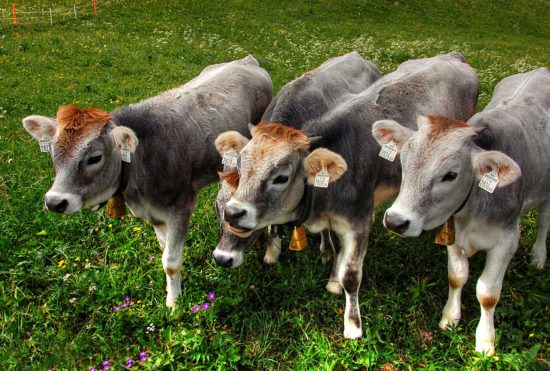Antimicrobial Resistance in Veterinary Medicine: An Overview
Antimicrobial resistance (AMR) represents one of the most important human- and animal health-threatening issues worldwide. Bacterial capability to face antimicrobial compounds is an ancient feature, enabling bacterial survival over time and the dynamic surrounding. Moreover,
bacteria make use of their evolutionary machinery to adapt to the selective pressure exerted by antibiotic treatments, resulting in reduced efficacy of the therapeutic intervention against human and animal infections. The mechanisms responsible for both innate and acquired AMR are thoroughly investigated. Commonly, AMR traits are included in mobilizable genetic elements enabling the homogeneous diffusion of the AMR traits pool between the ecosystems of diverse sectors, such as human medicine, veterinary medicine, and the environment. Thus, a coordinated multisectoral approach, such as One-Health, provides a detailed comprehensive picture of the AMR onset and diffusion. Following a general revision of the molecular mechanisms responsible for both innate and acquired AMR, the present manuscript focuses on reviewing the contribution of veterinary medicine to the overall issue of AMR. The main sources of AMR amenable to veterinary medicine are described, driving the attention towards the indissoluble cross-talk existing between the diverse ecosystems and sectors and their cumulative cooperation to this warning phenomenon.
AMR NEWS
Your Biweekly Source for Global AMR Insights!
Stay informed with the essential newsletter that brings together all the latest One Health news on antimicrobial resistance. Delivered straight to your inbox every two weeks, AMR NEWS provides a curated selection of international insights, key publications, and the latest updates in the fight against AMR.
Don’t miss out on staying ahead in the global AMR movement—subscribe now!







